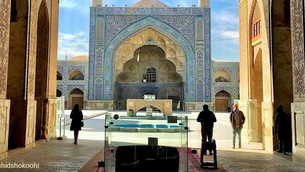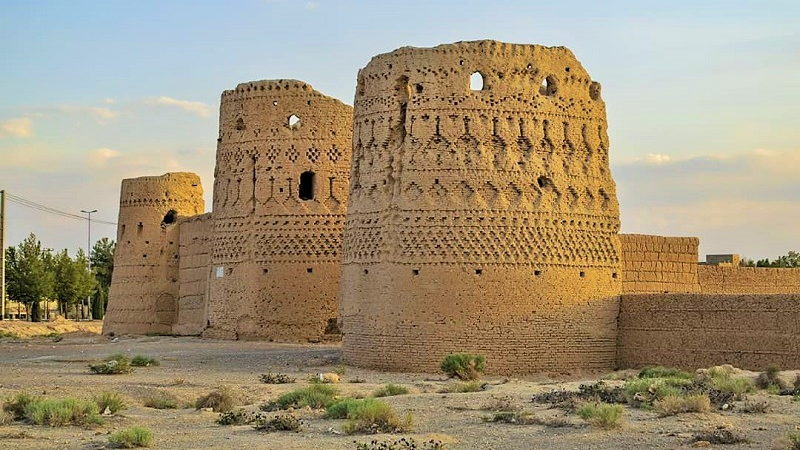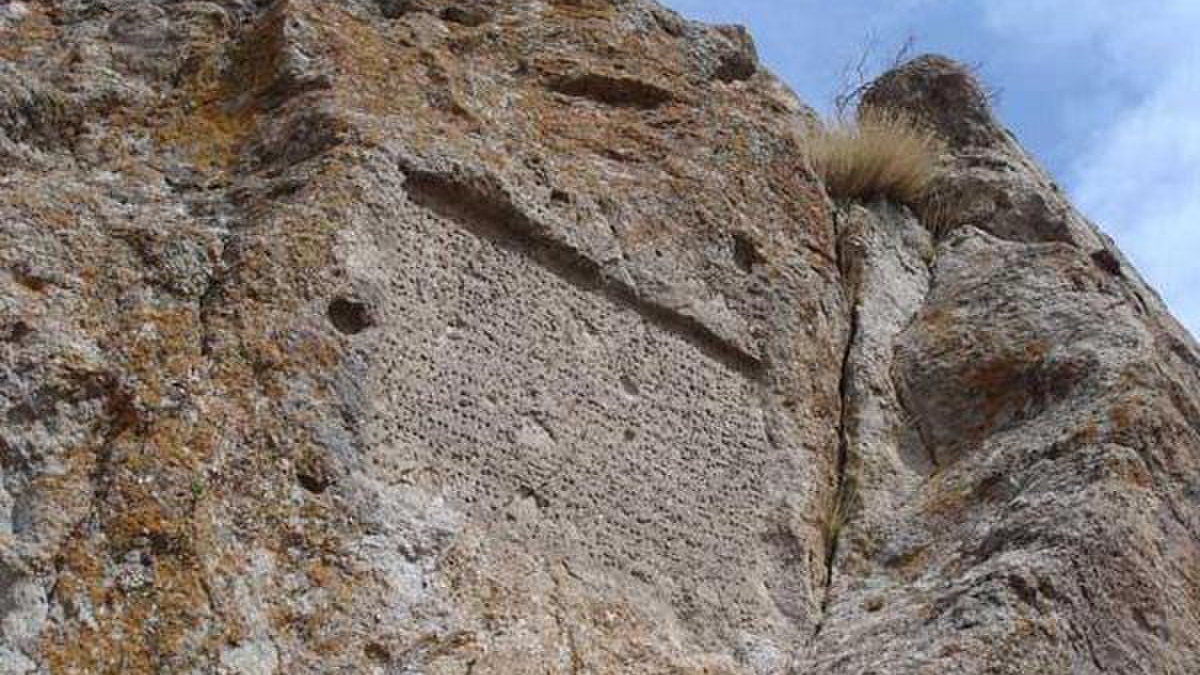
Deserts of Iran
By: Kobra Hakimian
A large part of the inner planes of Iran as well as many intermountain basins are covered with deserts. Two well-known deserts of Iran are:
Dasht-e Kavir:
with an area of 97945 sq km, this desert is located in the eastern center of Iran covering parts of Semnan, Isfahan, Yazd, and Khorasan Provinces. Its length is 675 km, and its width (from north to south) varies from 100 to 300 km. The annual rainfall in this desert is about 100 mm. The night and day temperature varies between zero and 70 degrees Celsius depending upon the time of the year.
Dasht-e Lut (The Lut Desert):
is the second largest desert of Iran with an area of 95800 sq km, and is located between the provinces of Khorasan, Kerman, and Yazd and is considered one of the driest and warmest deserts of the world. The length of this desert, from northwest to southeast, is about 700 km, and its width varies between 50 to 150 km. The Lut Desert can be divided into Northern Lut and Southern Lut. The Northern Lut starts near Tabas and connects to the Dasht-e Kavir through a strait in the south of Rabat Khan. The Southern Lut, on the other hand, ends at the foothills of Sistan and Baluchestan in the east and the mountain range of Jabal Bazar, Plovar, and Jopar in Kerman Province.
The two deserts of the Dasht-e Lut and the Dasht-e Kavir cover a large area of Iran, and as rightly said by Alfons Gabriel the entire desert belt (of Iran), which stretches from the Alborz Mountains to Baluchistan, is full of salt marshes. It is estimated that they cover about one-third of the Iranian surface. Also, the lowest inland point of Iran (after the northern and southern coastal areas) - standing at a surface elevation of 56 meters is located in the Lut basin, while the average surface elevation of Iran is more than 1200 meters.
Besides the above two vast deserts, some parts of which are also called by different names, Iran has several other deserts the names and characteristics of some of which are as follows.
- Namak Desert, a large salt area in the northeast of Tabas County in Southern Khorasan Province, with a length of 60 and an average width of 17 km, and an area of 660 sq km.
- Sirjan Salt Desert, with a length of 57 km and an area of 450 sq km in Kerman province.
- Abarkooh Desert, a large salt field with an area of about 1320 sq km and a length of 65 km in Yazd Province.
- Kavir Dar Anjir, a salt field with a length of 95 km and a width of 15 km, and an area of 920 sq km in Ardakan and Bafgh of Yazd Province.
- Saghand Desert, a salt field with an area of 105 sq km in Ardakan city of Yazd Province.
- Siahkooh Desert, a salt field of 65 km long and 15 km wide and an area of 940 sq km low in Nain and Ardakan cities in Isfahan and Yazd Provinces, respectively.
- Marous Desert, a salt field with an area of 340 sq km in Mehriz city of Yazd Province. The length of this desert is 60 km.
Except for the Meighan Desert near the city of Arak, which turns into a lake during the rainy season, almost all of Iran’s deserts are on the eastern side of the country, and hence the population density in this part of Iran is much lower than the western part. From among other deserts of Iran mention may be made of Mesr, Marnjab, Zardgah, Rig-e Zarrin, Khor, and Biyabank deserts.
Daniel Klinski has discussed the characteristics of about 60 deserts in Iran and, like many geography researchers, believes that the existing deserts are the remnants of lakes that have gradually dried up due to climate change in the late Ice Age (about 12,000 years ago).
Sources:
- Klinsky, Daniel, Deserts of Iran, translated into Persian by Dr. Abbas Pashaei, Geographical Organization of the Armed Forces, Tehran: 2002.
- Jafari Abbas, Iranian Geography, Encyclopedia of Iranian Geography, Gitashenasi, Tehran, 2000.
- Gabriel, Alfons, Durch Persiens Wüsten (Through Persia’s Deserts), translated into Persian by Faramarz Najd Sami’i, Astan-e Quds-e Razavi Publications, Mashhad, 2002.
- National Cartographic Center of Iran, Atlas of Geology (National Atlas of Iran), Second Edition, (Management and Planning Organization), Tehran, 2003.
| Name | Deserts of Iran |
| Country | Iran |
| Type | Natural |
| Registration | Unesco |
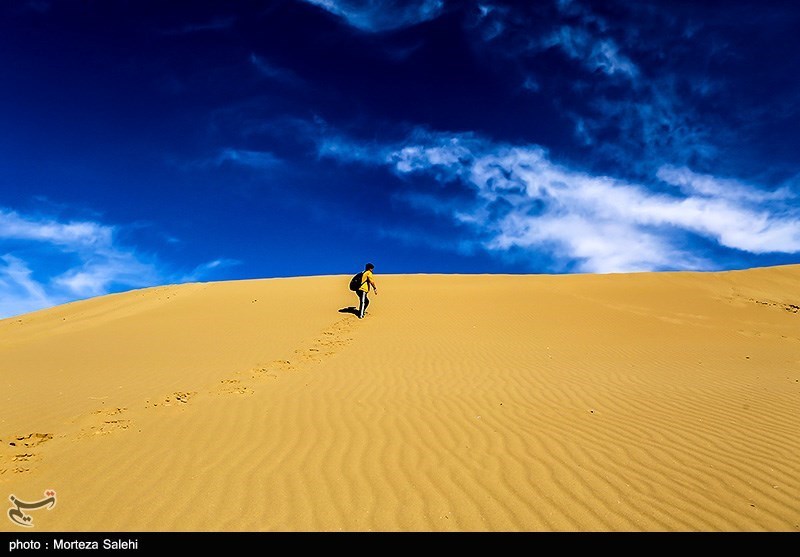
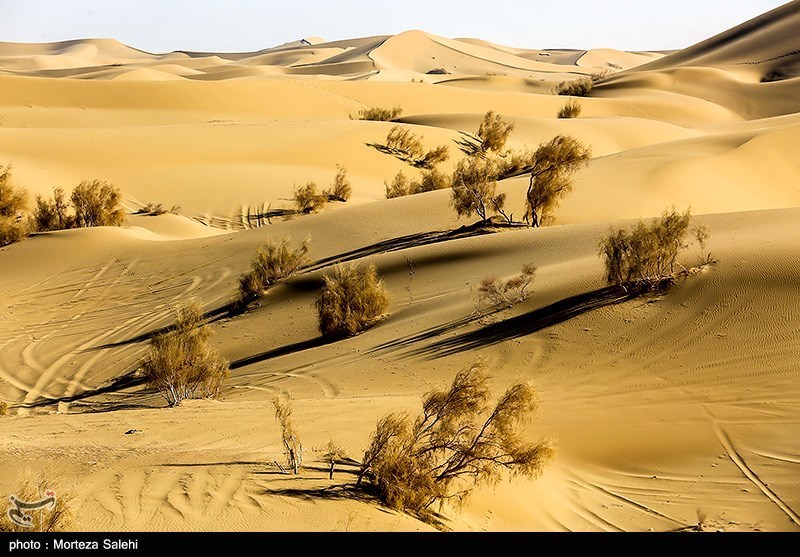
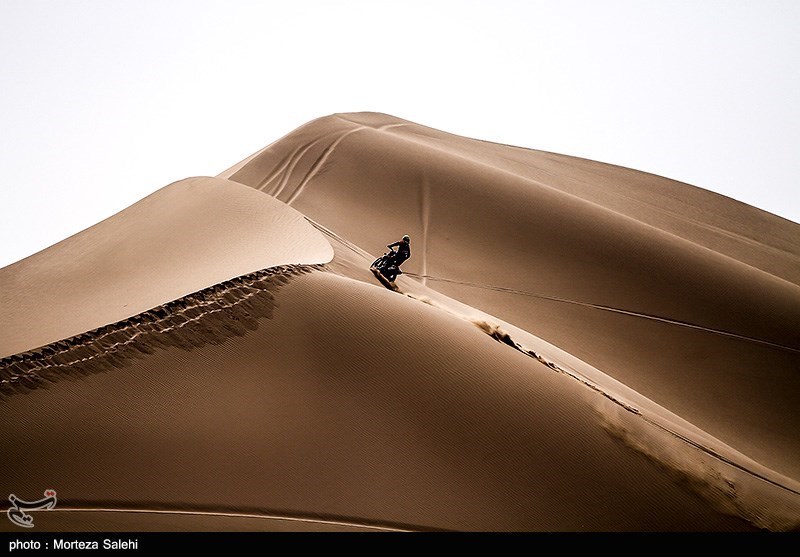
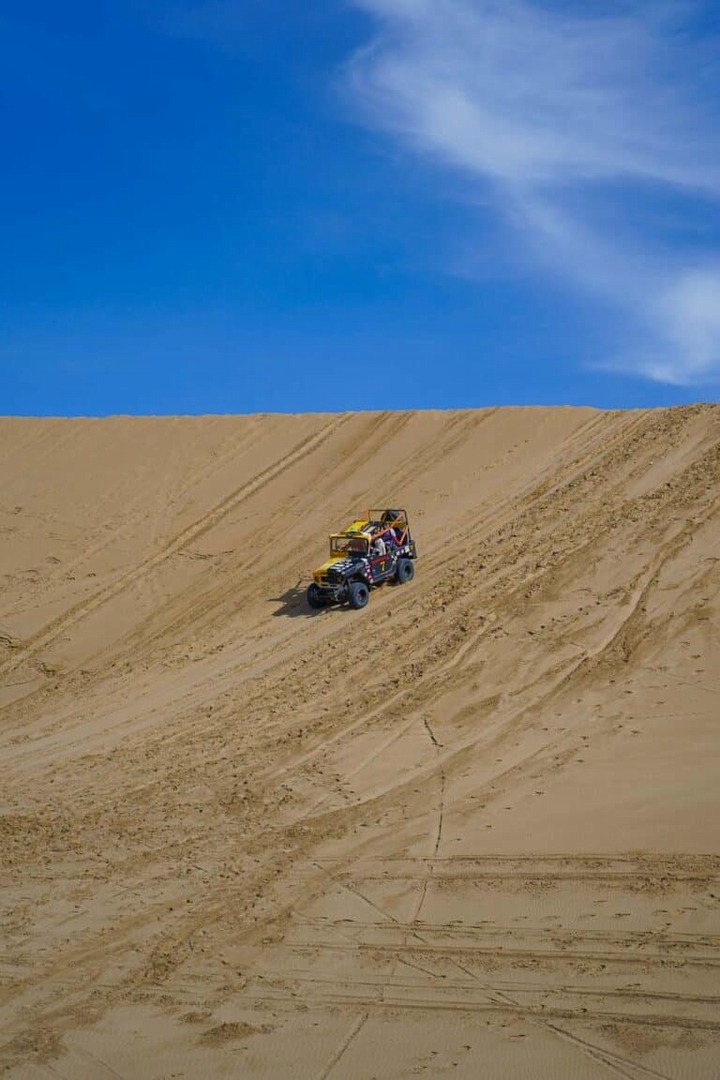
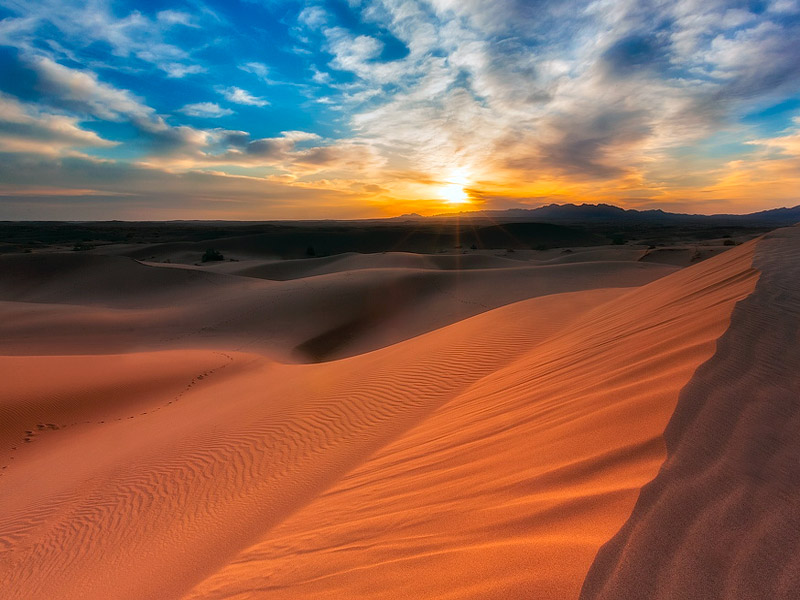
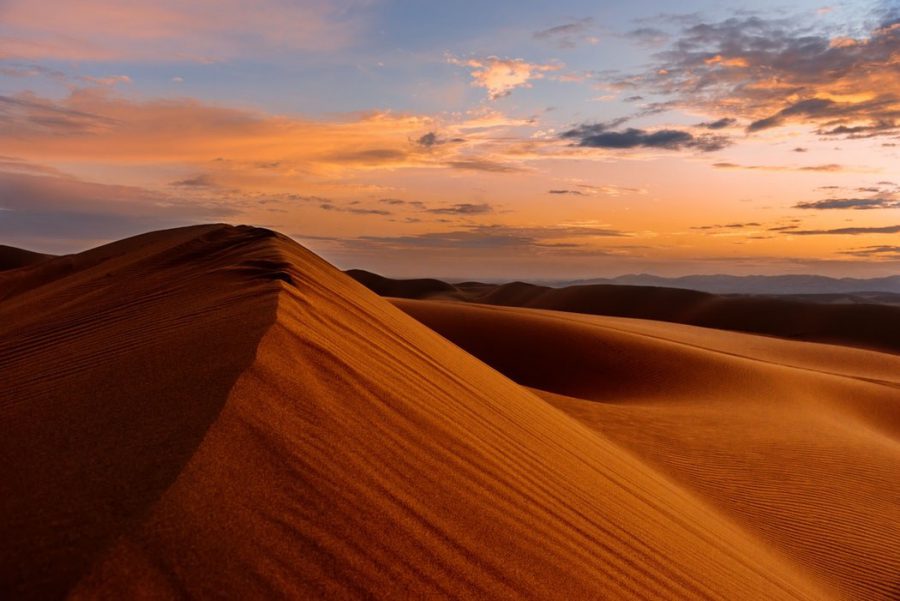






Choose blindless
Red blindless Green blindless Blue blindless Red hard to see Green hard to see Blue hard to see Monochrome Special MonochromeFont size change:
Change word spacing:
Change line height:
Change mouse type:

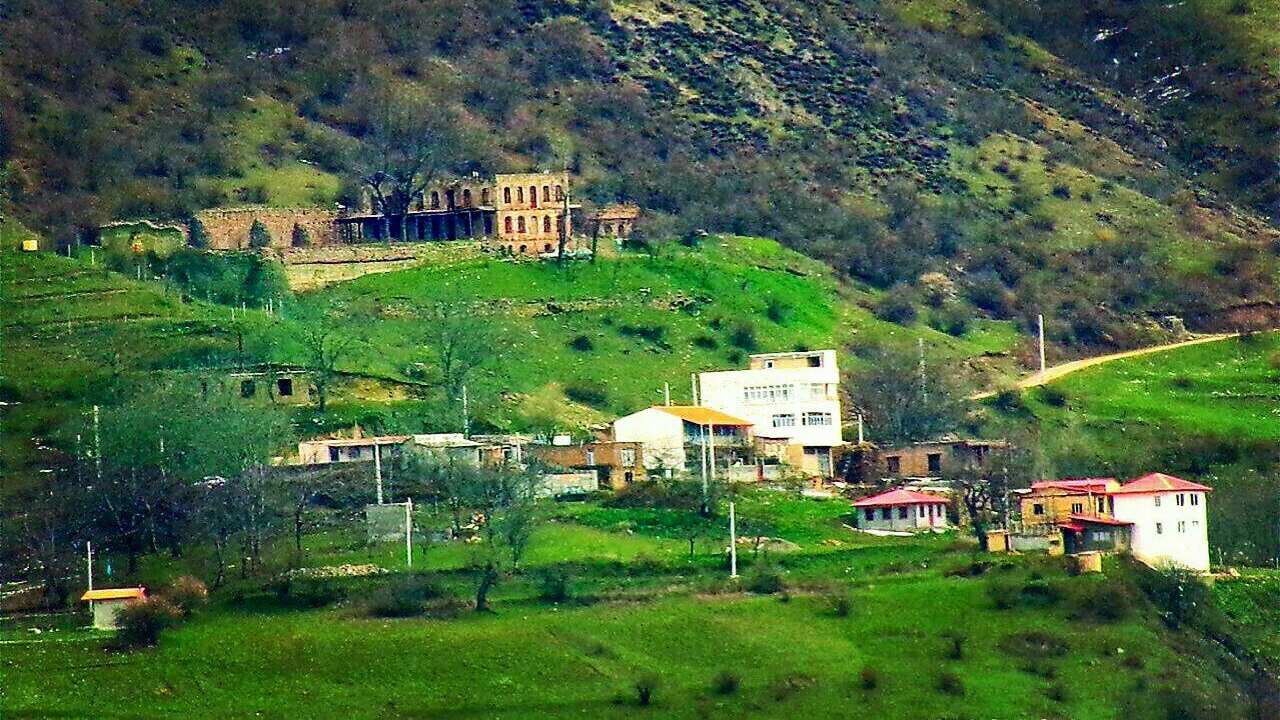
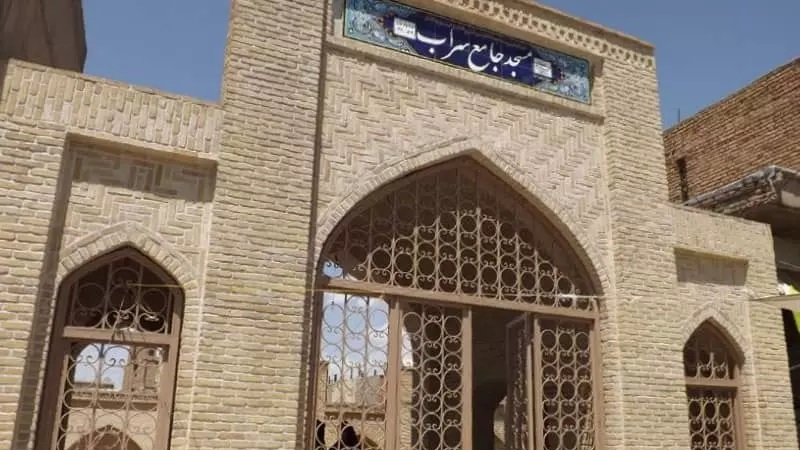
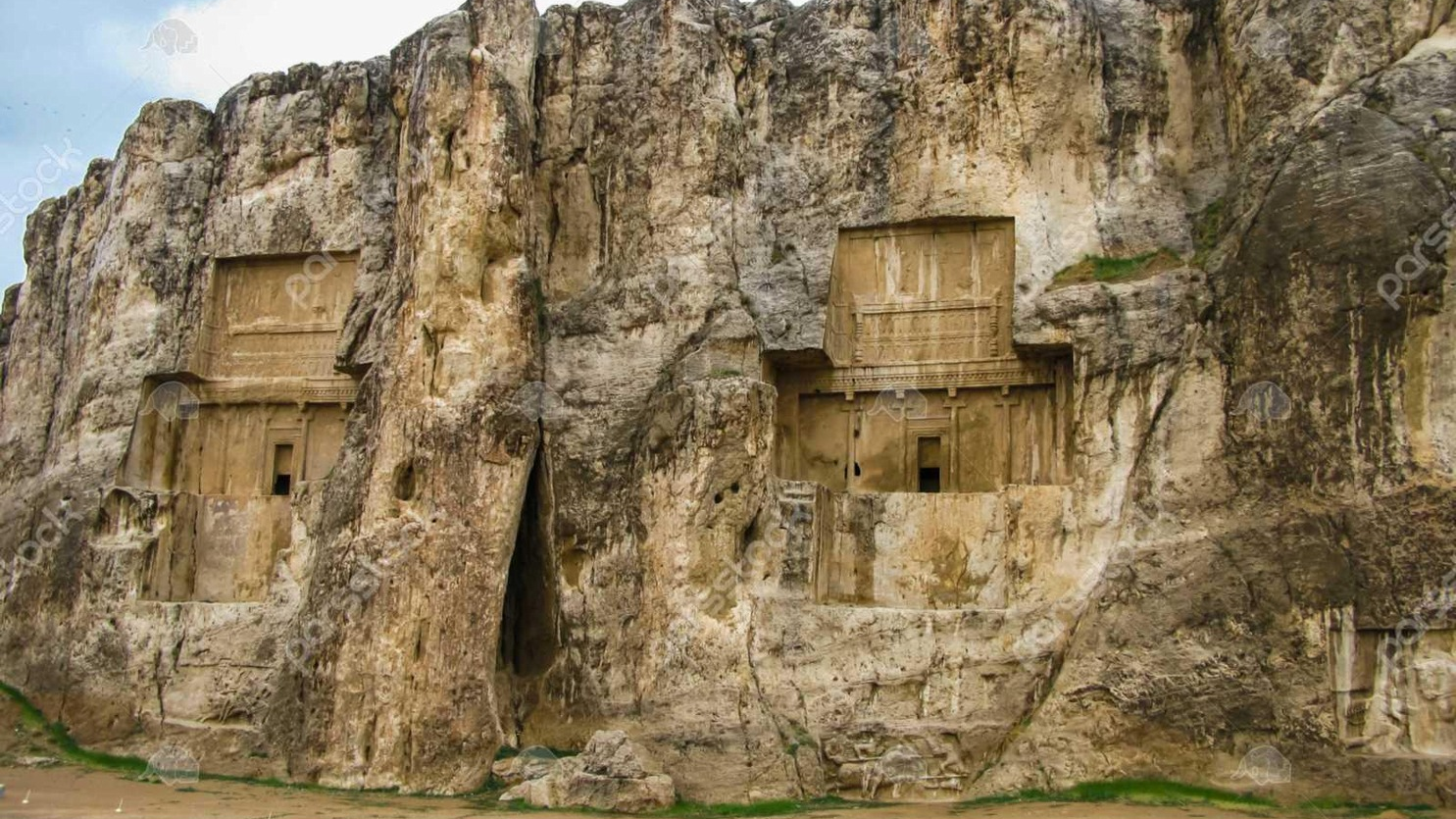
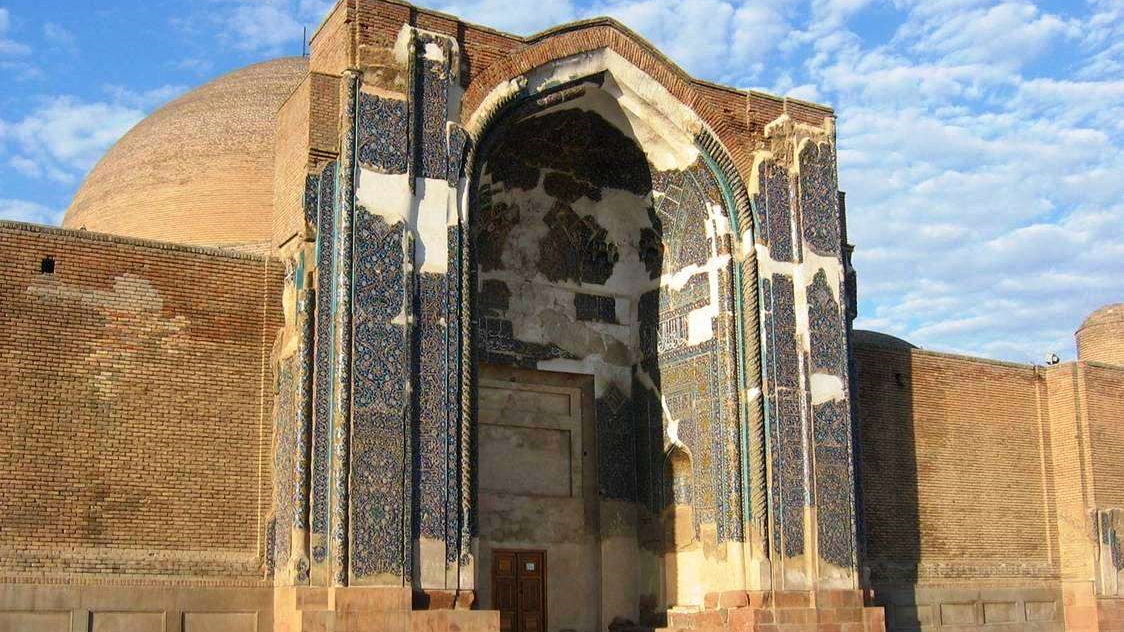
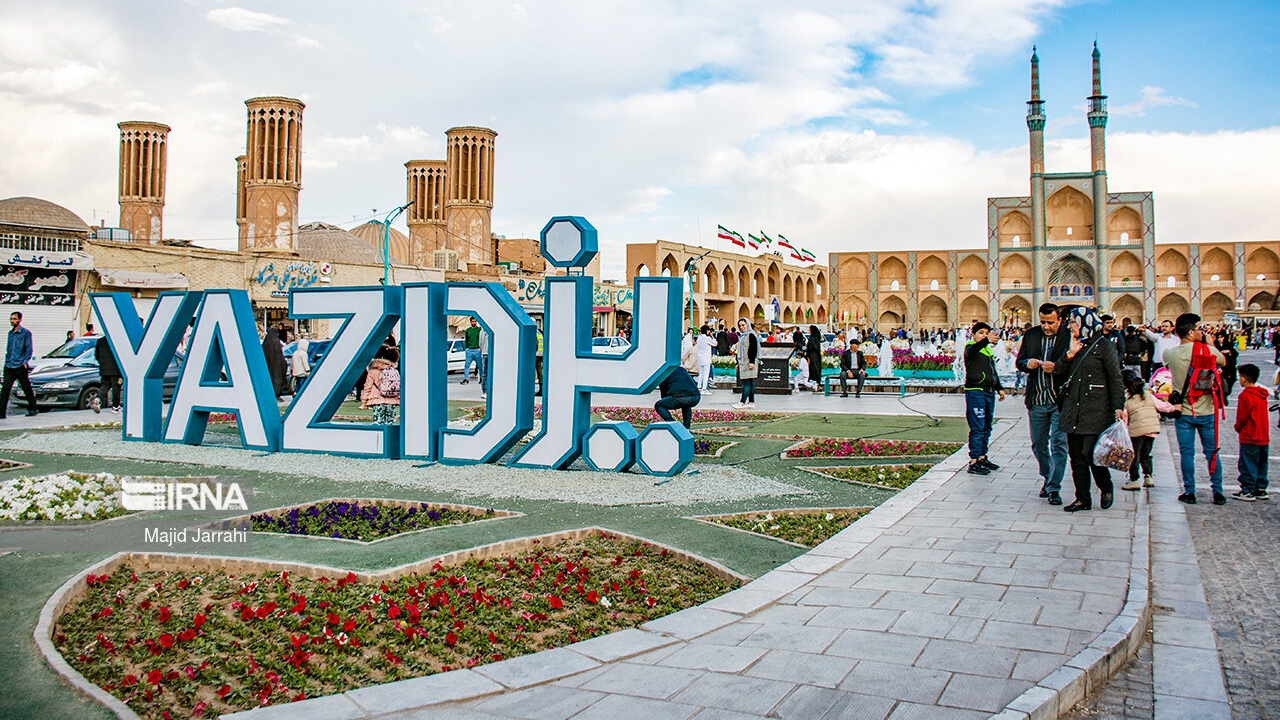
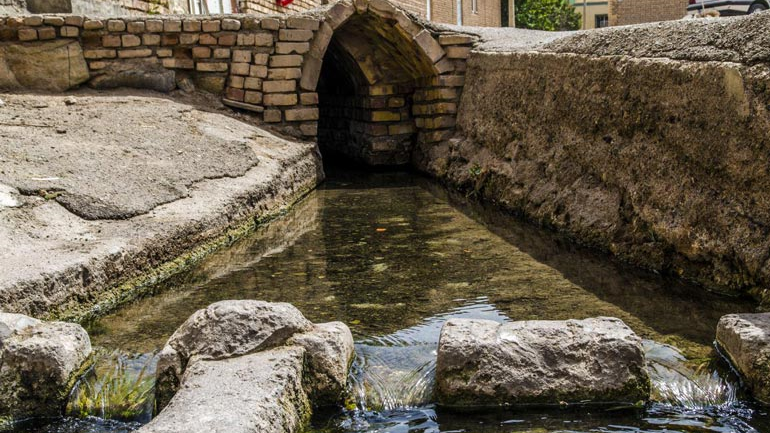
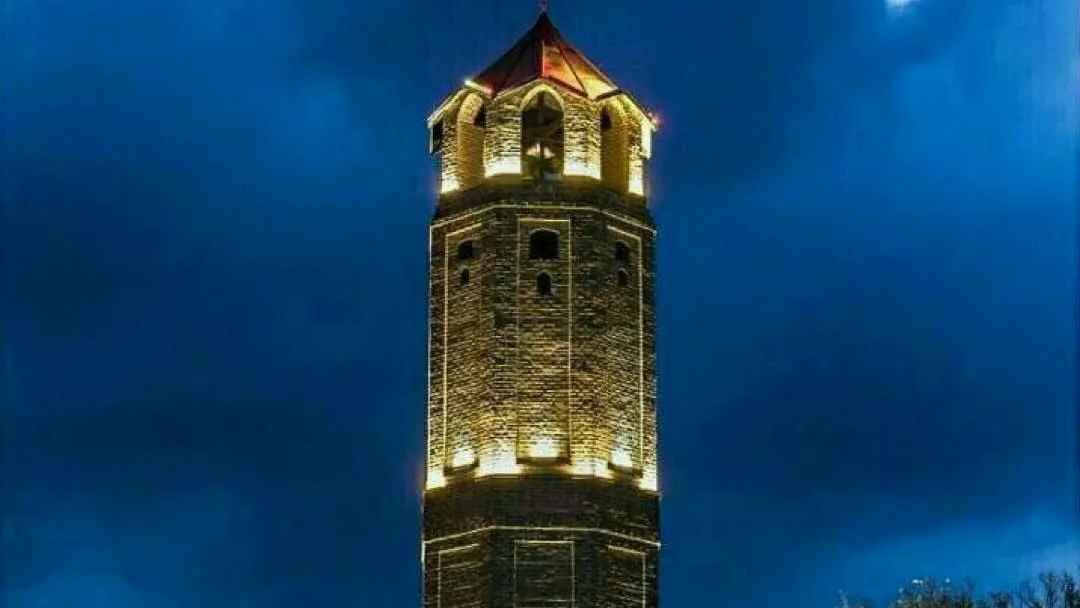
_crop_1.jpg)
